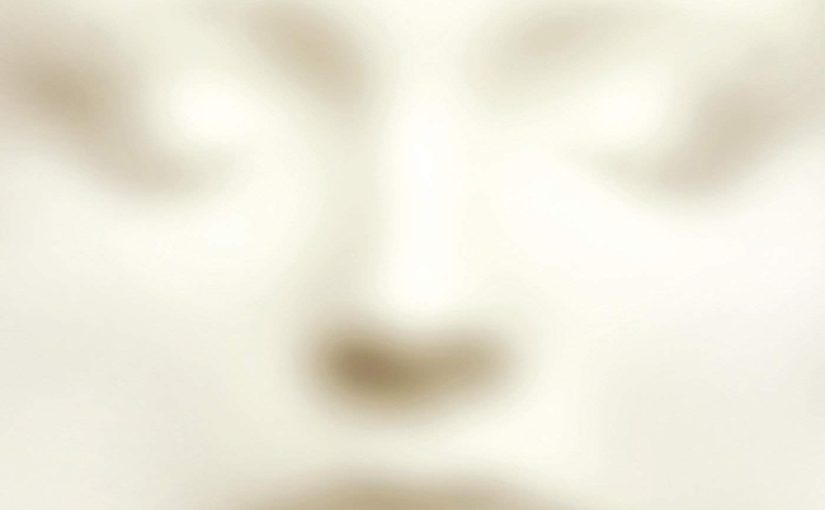Lovingly shared from Gaia.com:
Dr. Joe Dispenza, author of the bestselling “You Are the Placebo,” says, “We’re reality producing machines. Most of us are engaged in reality of cause and effect. We either live in creation, growth, expansion, and joy, or we live in a state of survival and stress. Instead of being a product of our environment, we can embrace the quantum model and begin causing [creating] effects.”
Dispenza explains how, when ‘asleep,’ we live in a state of breakdown — survival chemicals like cortisol trigger emotions like anxiety and fear. “And those chemicals are addictive. When we remove those chemicals and emotions from the body, that’s true self love and joy. Anger, frustration, and judgement, and trapped emotions are liberated into energy. That’s true joy. It’s the same energy with a different spin,” he says.
Escape
There’s a way off the eternal wheel of what Buddhists call, “false perceptions of self and others leading to suffering.” We can escape the belief that we are at the mercy of external circumstances, but there’s a catch. We cannot take our baggage with us on this journey — those stories of ‘not enough,’ ‘wrong by default,’ ‘unworthy,’ etc., block entry into the magical quantum fields.
Dispenza said, “We must get comfortable with the uncertainty of the quantum model. When we do, small synchronicities become larger and larger. We stop needing something outside ourselves to change our state. We are empowered.”
The Silicon Valley Entrepreneur
“The truth is to love yourself with the same intensity you would use to pull yourself up if you were hanging off a cliff with your fingers. As if your life depended on it,” wrote Kamal Ravikant in his New York Times best-seller “Love Yourself Like Your Life Depends on It.” The Kindle edition has 3,060 Amazon customer reviews and 4.5 stars.
Silicon Valley entrepreneur Ravikant had hit the intersection of depression, grief, and despair. He had been sick, had split with his girlfriend, was struggling to keep his company afloat, and was mourning the death of a dear friend. As it happens so often, he describes being utterly fed up with his state of misery.
“In desperation, I climbed out of bed, opened my notebook, and wrote, ‘This day, I vow to love myself, to treat myself as someone I love truly and deeply — in my thoughts, actions, choices I make, experiences I have, each moment I am conscious, I LOVE MYSELF.’”
“I love myself” became his mantra, regardless of what he was doing. Determined and persistent, Ravikant describes how quickly things changed. “I got better. My body started healing faster. My state of mind grew lighter. Life got better. But not just better; things happened that were fantastically out of reach — things I couldn’t had dreamt of.”
An American Spiritual Master
In his book “No Attachments No Aversions: The Autobiography of a Master,” Lester Levenson tells how he drove himself almost to death in his pursuit of money and women. “I was a rebel against society and I continued banging my head so hard on the on the brick wall of the world that I almost smashed my brains out,” he wrote.
Levenson was an engineer. He later became an entrepreneur as well; starting and selling businesses. “Materialism appealed to me then. I built such a beautiful, solid, concrete, material philosophy that I thought it was unshakable,” he wrote.
By WWII, when Levenson was working for the U.S. Engineers Corps in Washington, D.C., he started experiencing anxiety, depression, ulcers, allergies, and migraines. He had irrational fears and thought he was losing his mind. “I went into psychoanalysis. Four years of it — four times a week — under a former associate of Sigmund Freud. In 1946 I was discharged with the comment that some people cannot be helped,” he wrote.
After years of frenetically making and losing fortunes, Levenson was diagnosed with coronary thrombosis. His doctors told him he could drop dead at any moment, and probably only had a few weeks to live. Realizing he was unwilling to live in a state of fear, waiting to die, he made an ultimatum; “either I’ll get the answers or I’ll take “me” off the earth, that no coronary was going to do it.”
With morphine prescribed for kidney stones, Levenson isolated himself in his apartment and began considering his life. He realized that any happiness he had experienced was in loving relationships with women — and that being in a sustained, loving state was the key the happiness. But he realized that if the state was dependent on an outside cause, such as being in love with another person, it wasn’t authentic.
His conclusion was that “my happiness equates to my capacity to love.” Levenson wrote that he had a vision of amusement park bumper cars powered by an electrical grid in the ceiling through a pole to each car. “The power above was symbolic of the overall intelligence and energy of the universe coming down the pole to my car and everyone else’s.”
As his journey into love continued, his thrombosis and other conditions disappeared. The external world responded in unexpected ways. “As I would drive through New York City, I would rarely hit a red light. There were times when taxi drivers would see me looking for a parking space and give up theirs for me. Even policemen would give me their parking spaces. I would order something in a restaurant, and after the server left, I might change my mind. The waitress would bring what I wanted even though I didn’t tell her,” he wrote.
Eventually Levenson’s work became the foundation of the Sedona Method, a powerful tool for releasing energetic blocks and obstacles.
The Method
Here’s what Kamal Ravikant wrote:
“What if you don’t believe that you love yourself? Doesn’t matter. Your role is to lay down the pathways, brick upon brick, reinforce the connections between the neurons. The mind already has a strong wiring for love. The body knows it as well. It knows that love nurtures and heals.”
Make up your mind as to whether you are willing to wholeheartedly reject all non-loving beliefs about yourself in favor of loving yourself without reservation. If you decide yes, then do it. Love yourself; persistently, wholeheartedly, stubbornly. If not, it’s ok. Begin when you’re ready (and you’re always ready).
Changing old neural wiring requires constant self-messaging to build new neural pathways to wire new beliefs. Message yourself when you look in the mirror, while you fall asleep, in the shower, and don’t stop. Give yourself love if your bank account is overdrawn, regardless of social faux pas, if someone is angry or yelling at you—when we love ourself in spite of these experiences, we make the muscle stronger.
You can make a contract with yourself to persist in this practice for 30-days. If you wander off-point, just come back. And if you gift yourself the assignment, congratulations—you’re making the world a happier place for yourself and everyone you encounter.

